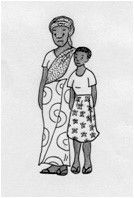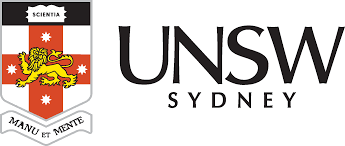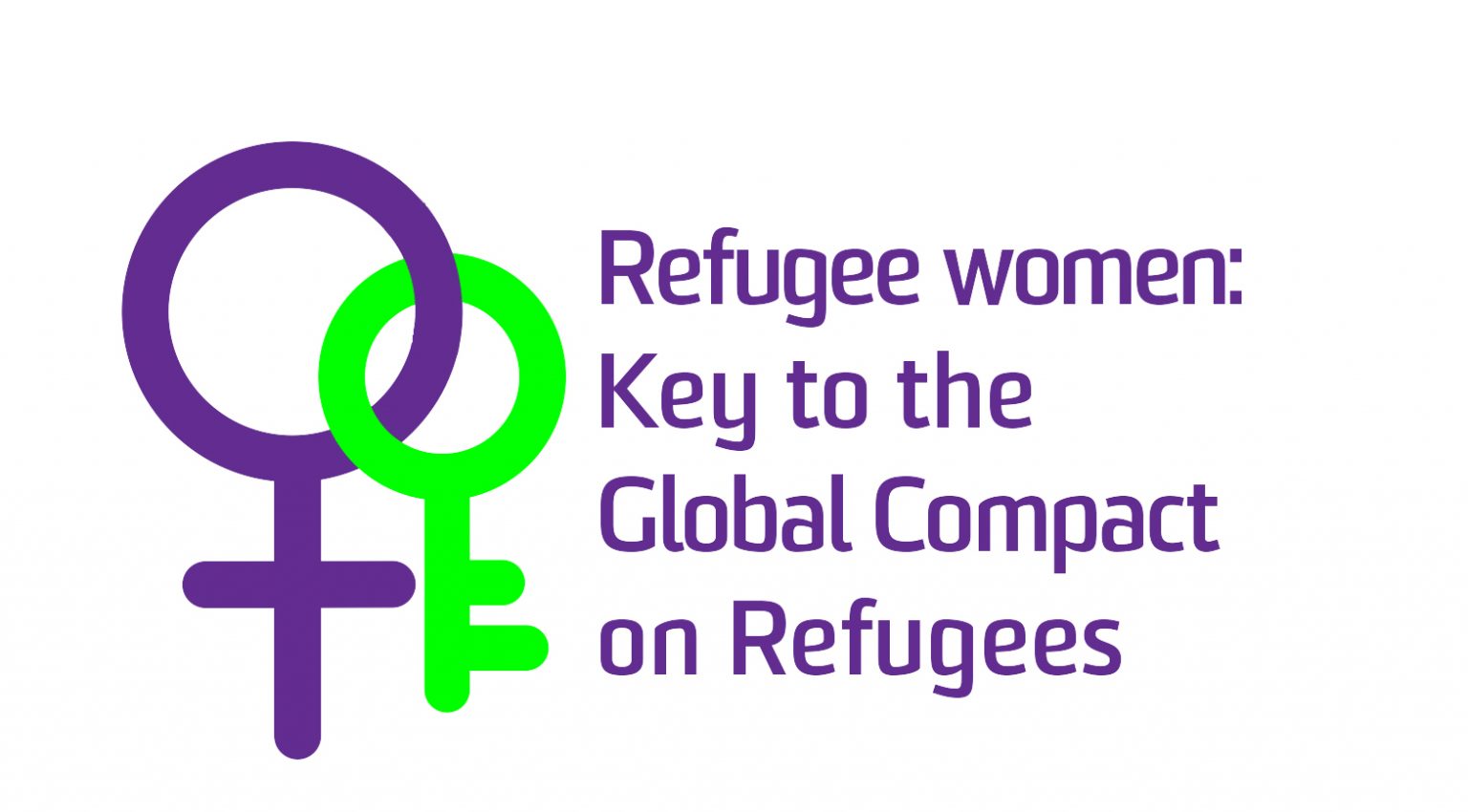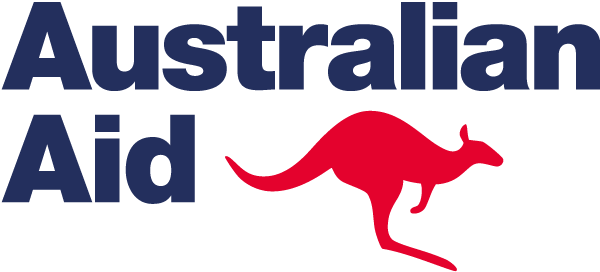Jump to section:

A. Training Notes
A sound knowledge of the meaning of Gender Equality is essential for this Module. It should either follow on from Module 2, or if the groups already have a sound knowledge of gender equality, just do a quick brainstorm of key points before starting this work on this Module. This is also closely linked to Module 8 on Meaningful Participation.
Aims
The aims of the Module are to use our understanding of the broad meaning of gender equality, and to use this to analyse the situation of refugee women and girls and WRLOs.
Suggested time needed to run the full module
The material can be covered in 2 hours, with the use of the first exercise. A more thorough coverage and analysis, using all of exercises will take 4 hours.
Gender-based Social Barriers faced by Women Refugees – A useful definition
This is drawn from our research data and discussions with refugee women from many countries. Please feel free to add your own.
Forced Displacement means that Refugee women and girls do not have even the minimal protections that should be provided by one’s country of birth. This includes citizenship, access to individual registration, at times even birth certificates. They have less access to legal procedures, and services such as health and education, and no legal rights to work. They are placed into often hostile vulnerable situations, and SGBV is endemic. (See SGBV Module)

B. PowerPoint Slides
This Power Point presentation will take the group through the rationale for the session, and introduce the Tools and exercises which can assist in identifying gender barriers. Do as many of the exercises as can be accommodated in the time available, preferably using real life examples. Please familiarise yourself with the background readings before presenting the slides.
C. Tools and exercises
A Tool to Identify Gender Based Local Barriers
This tool is designed to identify the types of support that might be needed for different women and WRLOs to enable them to build their capacity and move towards self-reliance, and sustainability. (They are closely linked to Structural barriers). The findings from the two exercises in this section should be combined and analysed to draw a comprehensive picture of the resources and support needed to assist women and WRLOs to reach their full potential in all areas of their lives.
(Please note that many pre-literate refugees have the pre-requisites to lead WRLOs and with support are fully able to design and run excellent projects.)
Part 1 Audit of support needed to run WRLOs
Part 2 Meaningful Participation Assessment Checklist
An Exercise which can be used when working with community groups and service provider networks, to gain their insights
The Jigsaw of Participation exercise was developed with eight different WRLOs in KL. It can be used with community members and the staff of local/international NGOs and UN agencies working with refugee women to gain their insights. It is an extended version of the checklist designed to get a fuller picture of the barriers to participation in a particular refugee site, specifically from the women themselves, and suggestions for addressing these.
D. Background Reading on how Gender Inequality impacts on Refugee Women and WRLOs
Please read these notes before running this training module. They provide information which informs the PowerPoint slides, and might help you answer questions from Participants.
They can also be given as Handouts.


